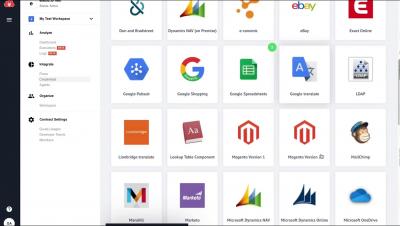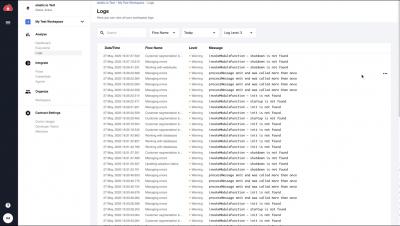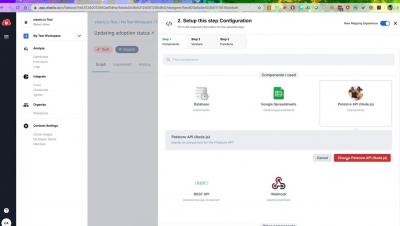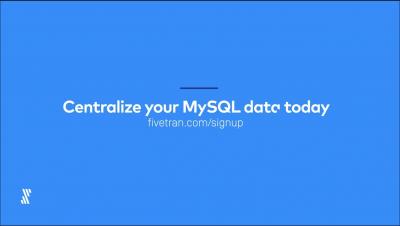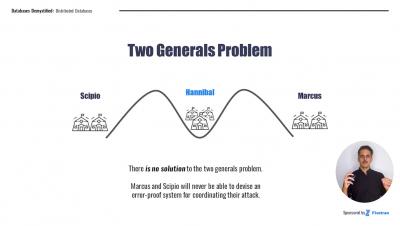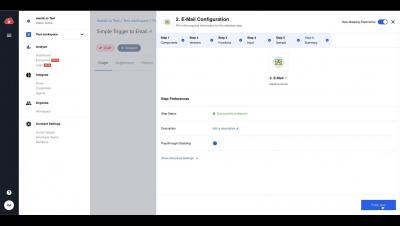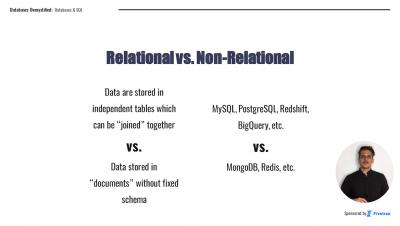How to add and manage credentials on elastic.io
To use most of the available connectors you require to enter some sort of credentials to verify the account you want to access with a connector. You can add your credentials while setting up an integration flow as I’m doing it here on the example of the pet store connector.


